
The good old Jurong Bird Park had officially closed and walked into history on 3 January 2023. It was opened exactly 52 years ago, on 3 January 1971, after two years of construction that cost a total of $5 million.
A bird park in Singapore was the brainchild of Dr Goh Keng Swee (1918-2010), as he brought up the idea in 1968 during his tenure as the Finance Minister after visiting aviaries at Rio de Janeiro and Bangkok. He envisioned such a place of attraction would be beneficial to both Singaporeans and overseas visitors as Singapore was rapidly developing its industries and tourism in the seventies.
In 1968, a 20.2-hectare (0.2 km2) of site at Jurong Hill (or Bukit Peropok) was surveyed and selected for the new bird park, where it was designed by British aviculturist and ornithologist John James Yealland (1904-1983) and aviary architect John Toovey from the London Zoological Gardens. The construction project was undertaken by the Jurong Town Corporation (JTC).

Jurong Bird Park would consist of large aviaries that resembled the natural habitats for the various types of birds. Nurseries, breeding rooms and quarantine stations would also be part of the bird park. A tram service would ferry visitors between the aviaries and amenities.
In 1969, before its completion, Jurong Bird Park already had 500 birds of mixed varieties consigned from local donors, London Zoo and National Zoological Park of Washington. Other governments also generously gifted native birds to the Jurong Bird Park. For example, in 1970, the New Zealand government’s wildlife division delivered four pairs of New Zealand birds – brightly-coloured pukekos, paradise ducks, yellow-crowned parakeets and black swans – to the park.

Taiwan’s trade representation office also sent 410 colourful and beautiful Taiwanese birds to Singapore, including budgerigars, Gouldian finches, Formosan blue magpies and Mikado pheasants. In early 1970, the Thai government contributed white breasted waterhens, purple gallinules, little egrets, night herons, Nicobar pigeons, zebra doves, grey-headed parakeets, spotted neck doves and emerald doves.
In September 1969, a rare cassowary, two stocks and a pair of peacocks were stolen from the still-developing bird park. They were later recovered by the police at a Choa Chu Kang farm after tipped off by a bird shop assistant who was offered $800 to buy the birds. The thieves were later caught and sentenced to three years’ imprisonment.
The opening of Jurong Bird Park was initially set in the early 1970, but was postponed to 29 June 1970. Some of its areas, such as footpaths, tea kiosks and rain sheds, were still not ready and required more time for improvements. Finally, after almost a year of delay, the bird park was officially opened on 3 January 1971 by Dr Goh Keng Swee. It was one of Asia’s largest bird parks, with almost 7,000 birds of 350 species. Other than birds, Jurong Bird Park also kept crocodiles and a pair of imported deer.
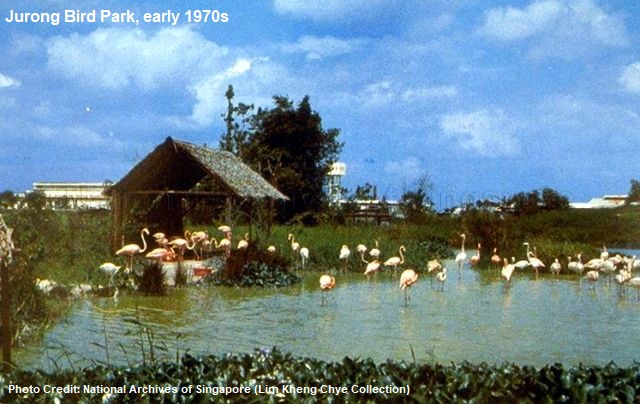
The entrance fees for Jurong Bird Park was $1.50 for adults and 75c for children. It would cost another 40c (20c for children) and $1 (50c for children) for the tram services and visit at the Falls Aviary respectively.
Jurong Bird Park’s debut day saw the attendance of some 1000 visitors, including 300 children. The park’s workers were almost overwhelmed when more than 12,000 people decided to spend their rest day at Jurong Bird Park in the first Sunday after its opening. Just 19 months later, in August 1972, Jurong Bird Park welcomed its first millionth visitor. On average, the popular bird park entertained 800,000 visitors annually.

Despite good reviews of Jurong Bird Park in its early days, it did also receive some criticisms. Its opening hour at 10am was deemed late for families during the weekends (the bird park’s management explained that there were routine feeding and maintenance periods every morning). Some visitors complained about mosquitoes breeding from the still waters at several spots. Others were uncomfortable that the pair of deer looked “miserable” in their tiny enclosure.
On the other hand, poor visitor behaviours were also reported, with some visitors chasing after the birds with sticks and others throwing stones into the crocodile pool. Jurong Bird Park warned that those caught mistreating the birds or damaging the park’s properties would be prosecuted.
In 1971, a scheme of “Friends of the Birds” was launched to allow individuals and companies to “adopt” the birds in order to support and contribute to the maintenance fund of Jurong Bird Park. It was a common practise in other countries’ zoos and bird parks.
On 23 February 1971, the President of Singapore Benjamin Sheares (1907-1981) visited the bird park as part of his familiarisation tour of the developing Jurong Industrial Estate. In May 1971, Nepal’s King Mahendra and Queen Ratna Devi became the first foreign royal dignitaries to visit Jurong Bird Park. Queen Elizabeth II and Duke of Edinburgh Prince Philip toured the bird park in February 1972 during their three-day state visit to Singapore.

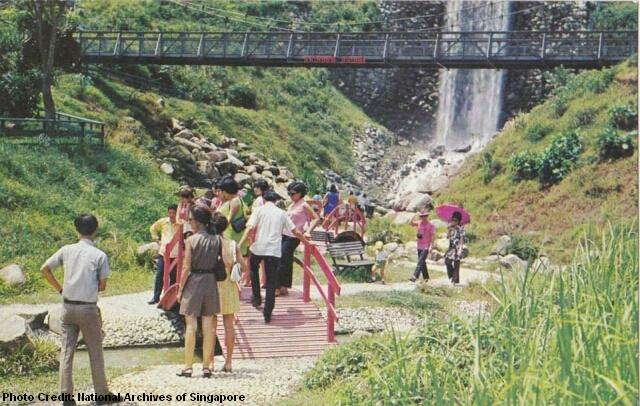
One of the most iconic features of Jurong Bird Park was its 30m-tall man-made waterfall that plunged over a natural cliff of Jurong Hill. It was part of the Jurong Falls Aviary (later renamed Waterfall Aviary) where it housed more than 600 free roaming birds (increased to 1,800 birds by the 2010s). Waterfall Aviary was the world’s largest walk-in aviary, and the waterfall, the tallest man-made waterfall, remained a popular photo-taking spot among the visitors throughout the park’s history.
Another memorable feature was the bird park’s trackless tram cars that ferried visitors around the park for its various types of aviaries. The early trams were manufactured in a Jurong factory.

The Jurong Bird Park used to be one of the go-to venues for primary school excursion trips in the eighties and nineties. Other popular options were the Singapore Zoo, Sentosa, Van Kleef Aquarium and Haw Par Villa. The community centres and old folks’ homes also organised regular trips to the Jurong Bird Park.
In the mid-eighties, Jurong Bird Park underwent a major renovation and upgrading works that spanned over seven years and cost $7 million. Covered walkways, automated ticket machines and an air-conditioned theatre were built. New bird exhibits and arenas were also added to showcase different and rare species of birds from other parts of the world. In 1988, the Breeding and Research Centre was established.
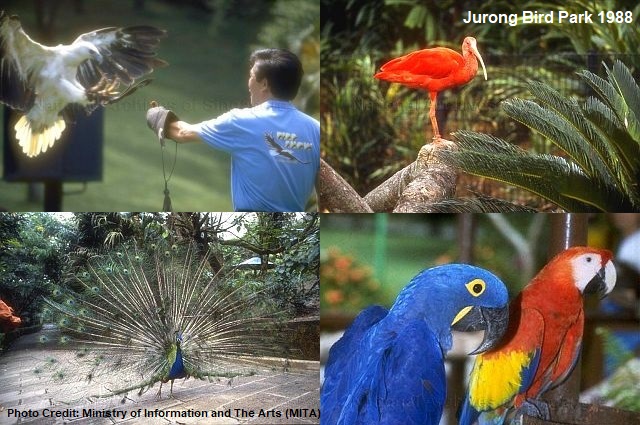
Entering the nineties, a new 2,000-seat amphitheatre was installed at Jurong Bird Park. More aviaries and exhibits were opened. The Waterfall Aviary was given a massive $6-million upgrading works between 1990 and 1994.
In 1992, a 1.7km monorail system named Panorail, the second such system after Sentosa Monorail, was built at Jurong Bird Park. The fully-airconditioned Panorail ran a loop within the park, serving three stations – The Main, Lory and Waterfall Stations. Its operations ceased in 2012, and the mode of ferrying at the bird park was reverted to trams.

Jurong Bird Park received its last major upgrade in 2006 with a $10-million revamp that included the setup of Asia’s first bird avian hospital. The government announced in 2014 that the bird park would be relocated to Mandai in 2023 as part of the Mandai Wildlife Reserve together with the Singapore Zoo, Night Safari and River Wonders (formerly River Safari). The new bird park will be called Bird Paradise.
Big John, a sulphur-crested cockatoo, is one of Jurong Bird Park’s oldest residents. Estimated to be of a ripe old age of late 50s, it has been with the bird park since its opening in 1971. Big John will also be relocated to Bird Paradise to enjoy its retirement days there.

The day finally came as Jurong Bird Park was shuttered for the final time on 3 January 2023, leaving behind fond memories for countless local and foreign visitors. For many Singaporeans, Jurong Bird Park was part of their growing up journeys and memories, made up of excursion trips with friends, dates with loved ones and family outings with the kids.
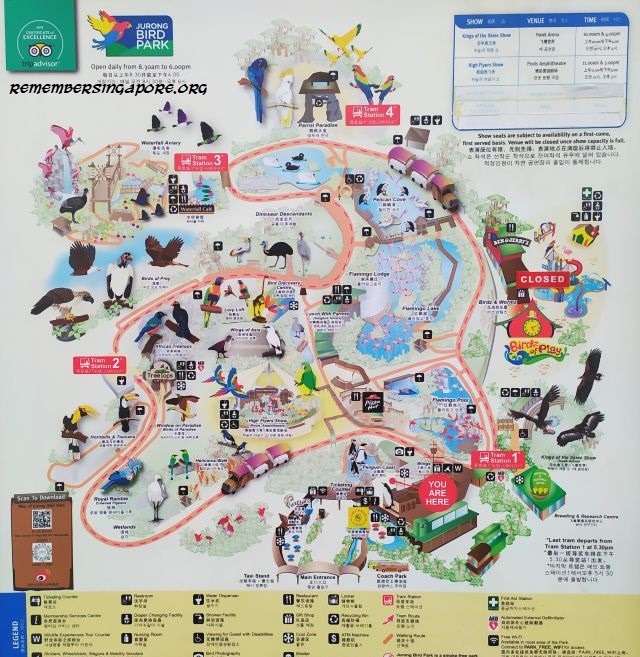

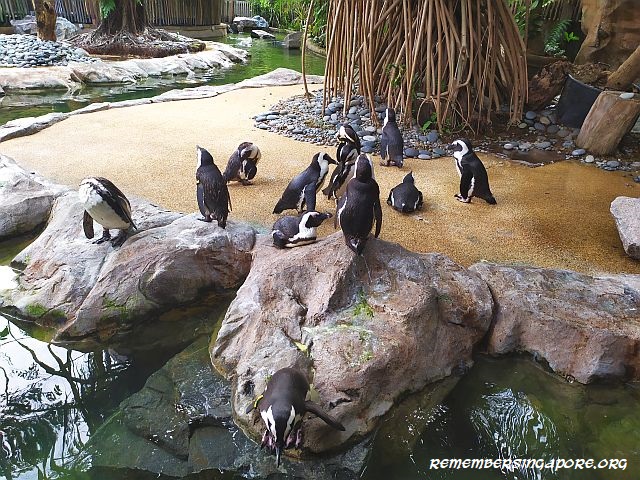




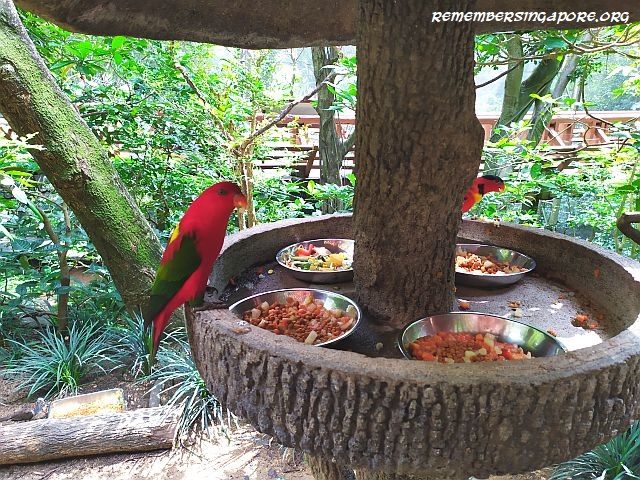


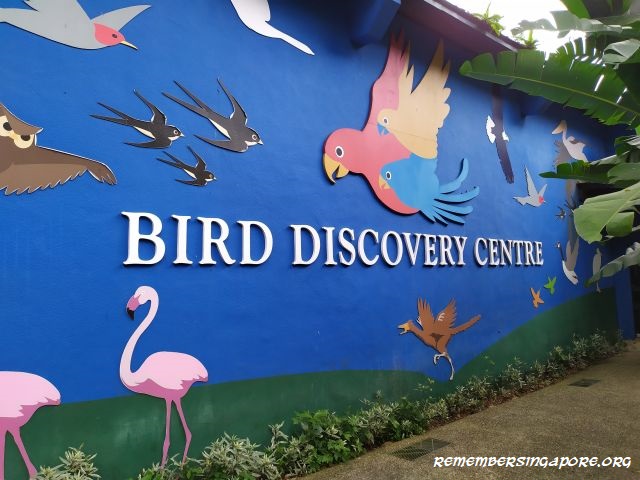
Published: 17 January 2023








I cannot recall when I first visited the Jurong Bird Park, but it shld be around 1970s. My last visit to JBP was in 2015 but it was for official duty (working). The JBP staff took me on a short sightseeing of some interesting items lasting not more than half hour.
Excellent sharing . Thank you . It would be great if you can write on the nearby jurong hill viewing tower . It was closed when I just went recently
Thanks Tim, here’s a brief writeup on Jurong Hill Tower some time ago: